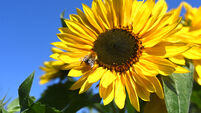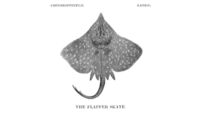Donal Hickey: Extreme care is needed when foraging for mushrooms
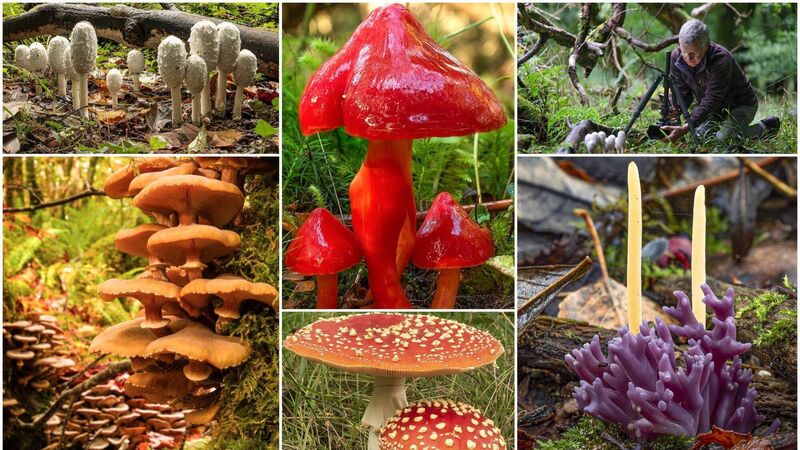
Some of the images in ‘Fungi of Killarney National Park’. Researched and produced by Louis O’Toole and published by the National Parks and Wildlife Service.
October is a premium month for picking wild mushrooms and there seems to be an abundant crop this year, judging from personal observation and the comments of readers.
The recent, globally-publicised case in Australia, in which a 50-year-old woman received a life sentence for murdering three relatives with a toxic mushroom meal, underlined the dangers of poisoning from eating certain mushrooms.
Do not rely on the internet, mushroom guide books, or plant/mushroom identification apps because they are not 100% accurate, it warns.
“Do not collect and eat wild mushrooms unless you are trained and experienced in mushroom identification…if you have even the smallest doubt about the identification of a wild mushroom, do not eat it."
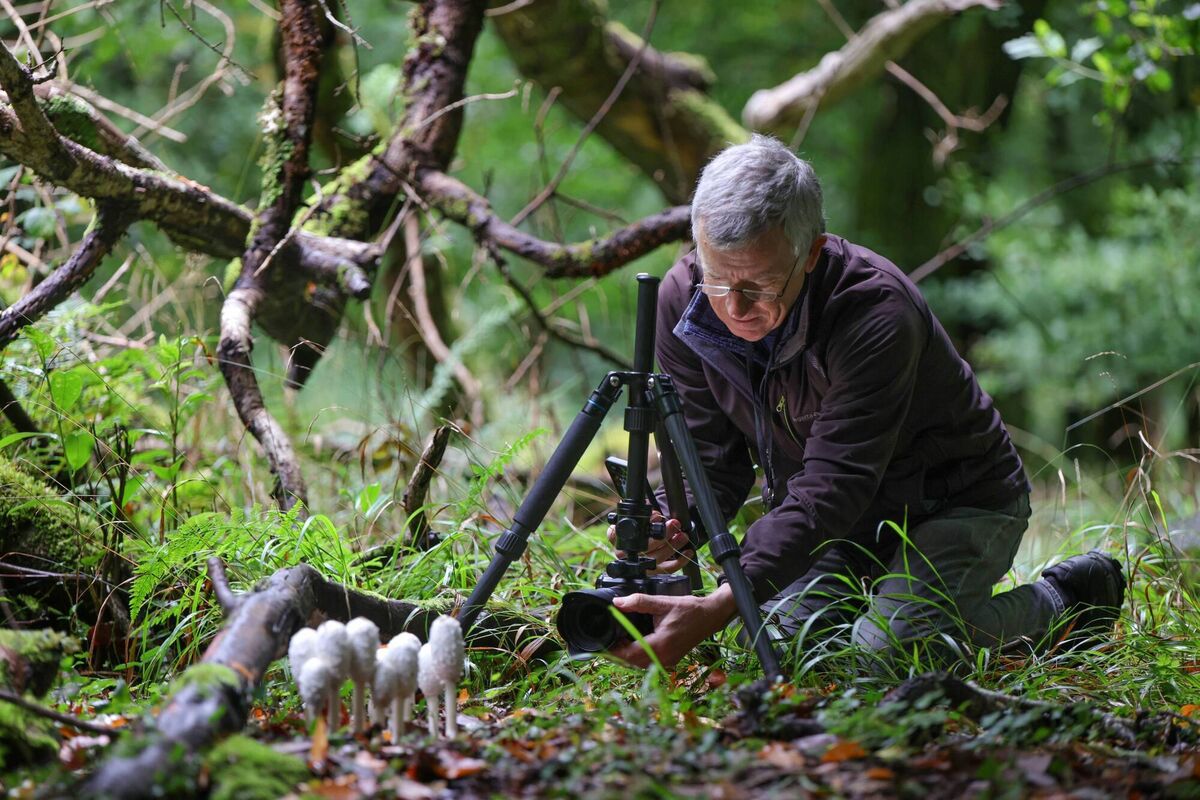
We’re told at least 30 species are poisonous. They can cause stomach upset, nausea, vomiting, dehydration, hallucinations (from the ‘magic’ variety), and can be fatal.
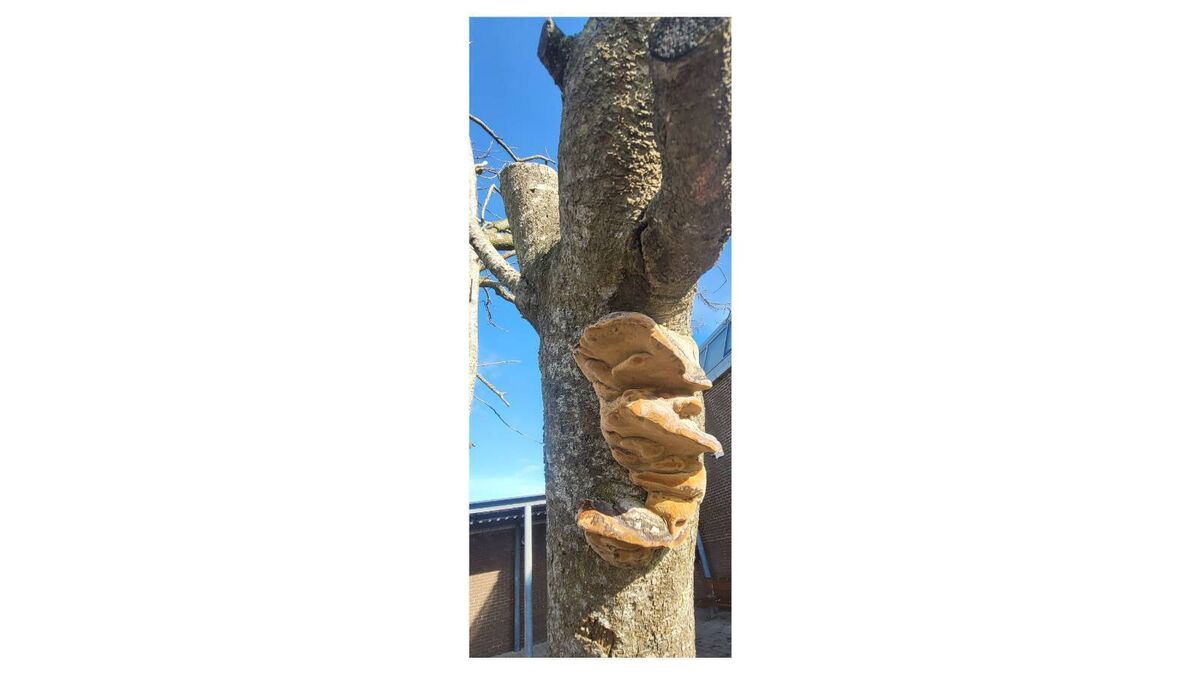
Country people of our acquaintance seemed to instinctively know which were safe to eat, and lived long, healthy lives to prove that. If you really want to be absolutely sure, however, laboratory-testing seems to be the only way, say experts.
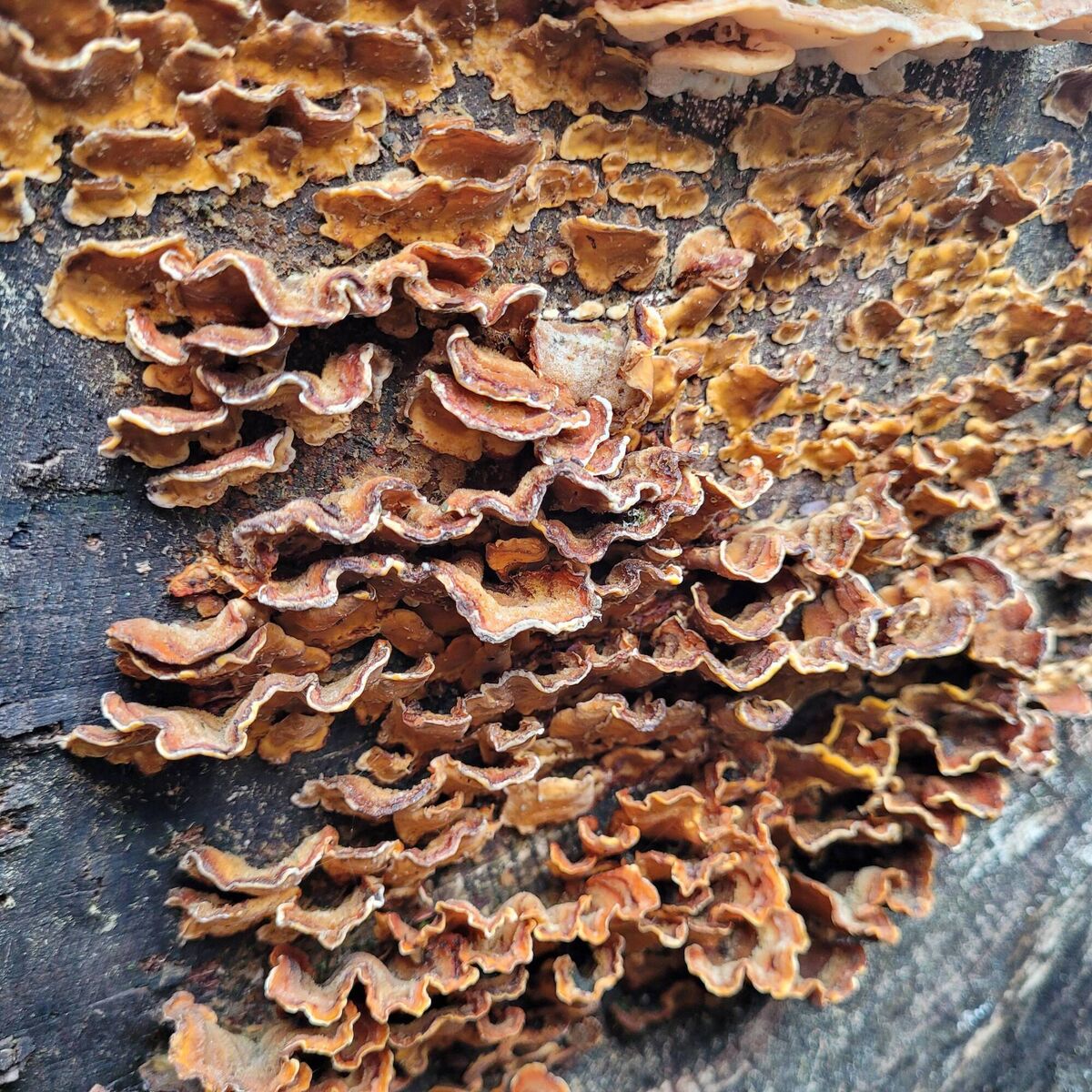
Poisonous mushrooms are linked to malign fairy lore and are called pucaí (pookies) in Irish. I remember, years ago, often picking mushrooms around so-called fairy forts — with the guidance of discriminating adults — and no ill-effects resulted.
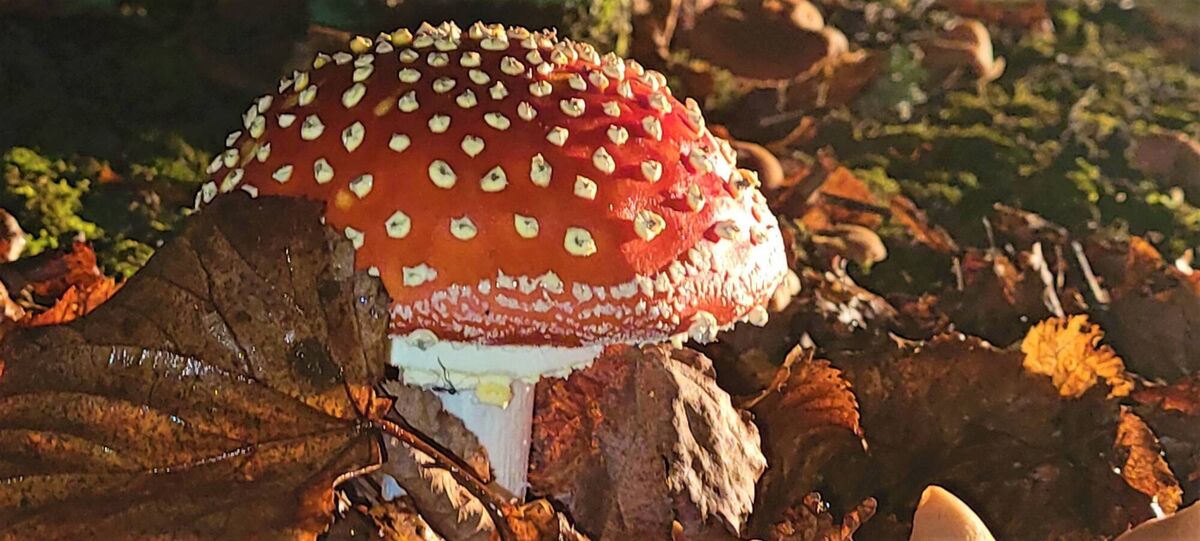
An idea of a leprechaun sitting on the white-spotted, red cap mushroom seems just right and, the other day, a three-year-old grandson was drawn irresistibly to a cluster of these mushrooms — though not for the table.
It’s nice to forage for wild mushrooms, but most people opt for commercial varieties, with the white button species easily the most popular. Other species like shiitake and oyster are also available in shops.
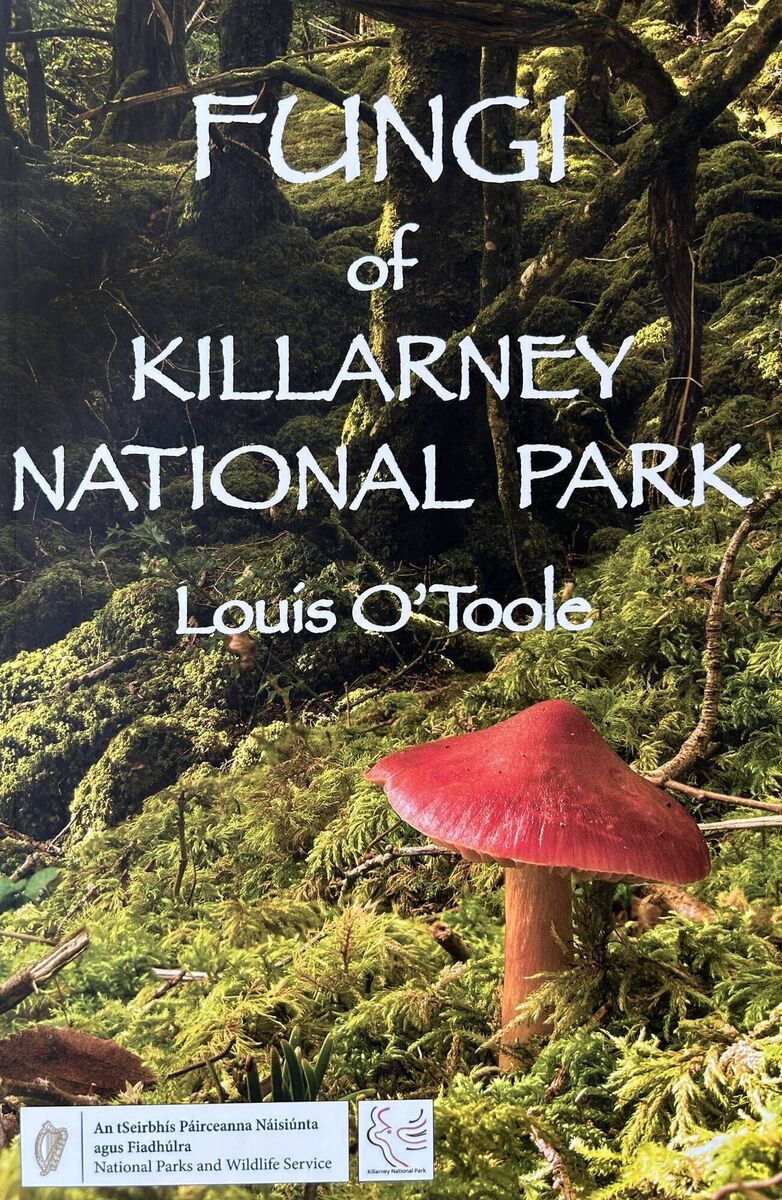
For seriously interested people, meanwhile, an impressive scientific record, entitled , is an excellent reference work. It has been compiled by local man Louis O’Toole who has enjoyed a lifelong affinity with Killarney’s outdoor treasures.
His 366-page magnum opus records 736 mushroom species, of which 202 new species had not been previously recorded in the park. Photographs show an amazing selection of all shapes and sizes in their natural environment.
There had been previous surveys in the park, with Dr Tom Harrington, University of Limerick, creating an inventory of 534 species, and he also had a significant input into the latest publication.
By the way, foraging of any kind is not allowed in the park.






